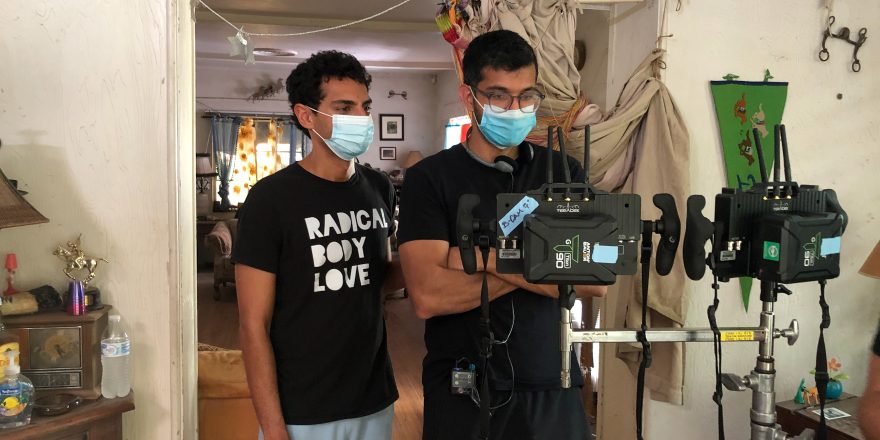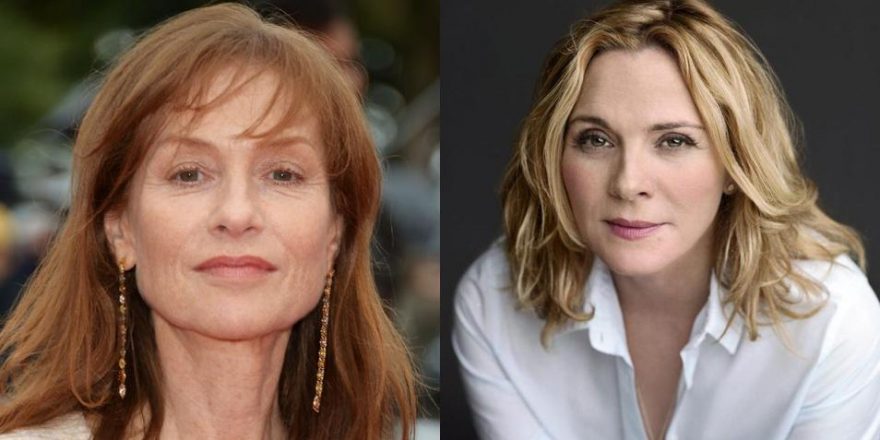Why am I drawn to a particular project? It’s a question that often arises, but the answers are often complex.
At first glance, my films appear to be completely different from each other. A veteran producer recently remarked, “You have the most eclectic C.V. I have ever seen.” But, as I have come to discover, there are strong connections, common themes and threads between my work, which clearly derive from my experiences and DNA. Eventually, the reasons why I choose a particular script or story become clear.
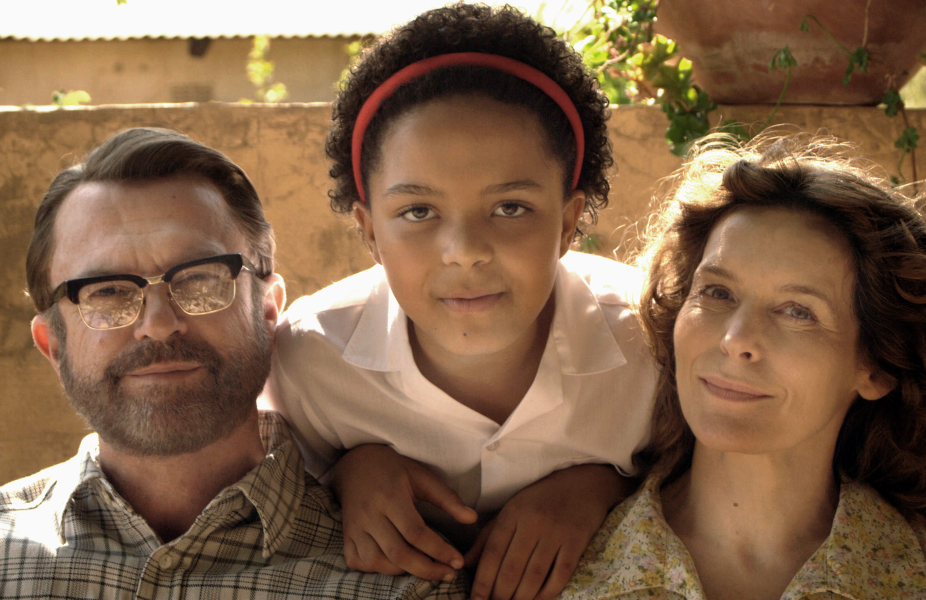
Take, for example, my first feature film, Skin, starring Sam Neill, Sophie Okonedo and Alice Krige. It is based on the South African true story of Sandra Laing – a Black girl born in 1955 to two white Afrikaner parents, who had no prior knowledge of their Black ancestry. Although many in their circle questioned her heritage, Sandra was undoubtedly her parents’ biological child. This genetic phenomenon, by no means unique, was commonly known as a “throwback.” (Geneticists today would say it is the result of “polygenic inheritance.”)
In any other context, this story would have been nothing more than an oddity. But under the bizarre, cruel and byzantine legal structures of apartheid, it took on an almost science-fiction quality – and permanently altered the Laings’ fate. This family sat on the fault lines of a government-controlled system that determined everyone’s possibilities in life, based on the color of their skin. But if you can classify members of the same family – blood of their blood – as different races, what does “race” actually mean?
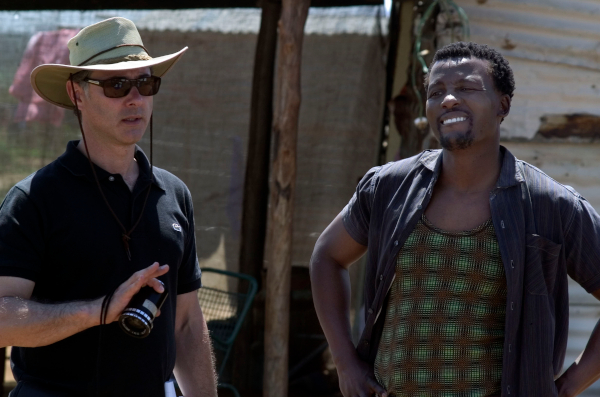
At the Q&A following Skin’s Toronto International Film Festival premiere in 2008 (where it was runner-up for the coveted Audience Award), an audience member asked: “What makes you, a white British man, think you can understand this story about a Black South African woman?”
Today, we are all sensitive to the issue of cultural appropriation and the appropriateness of, for example, a straight actor playing a gay role, etc.; this equally applies to us as directors. My own view is that we need to level the playing field and should be able to cast gay actors in straight roles, Asian actors in Caucasian roles, women in men’s roles, etc. It is called acting after all … We must not limit people who feel “othered” to playing “minorities” – and fight against the safe/lazy tendency to only cast established movie stars in leading roles.
To tell Sandra’s story, I knew I had to learn as much as possible about her experiences and circumstances. I worked closely with her biographer, Judith Stone, constantly sharing information, and spent years reading up on the country’s history and the lives of ordinary citizens, those who fought against the system and those who were complicit. Whilst I could never claim, from my privileged position as a Caucasian man, that I have ever experienced Sandra’s plight, I have experienced other forms of prejudice. I was the only Jew at my boarding school and not easily allowed to forget it. There is a pervasive and insidious antisemitism in British culture, usually masked by reserve and politeness – but kids are not so subtle.
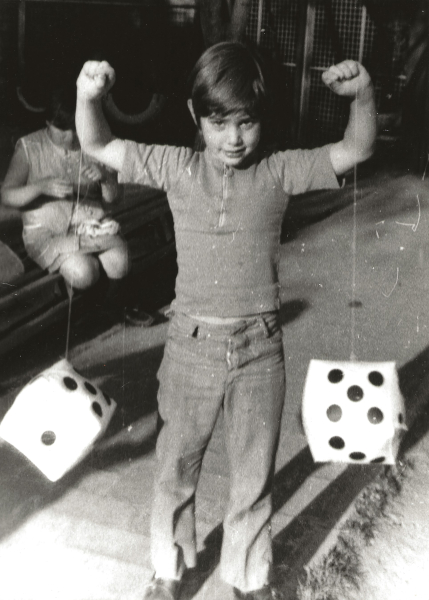
I am also gay and grew up at a time when the LGBTQ+ community was far less vocal, visible or supported. Despite all the progress we have made since, there are still many countries where homosexuality is illegal and punishable by death.
South Africans have a beautiful word, “ubuntu,” which essentially translates as, “We are all bound together by our common humanity.” On a human level, I was deeply moved and felt a profound connection to Sandra Laing’s story. I believe that is why the film spoke to people throughout the world, whatever their backgrounds or culture.
The award-winning British interviewer Chrissy Iley was an early champion of Skin and wrote a wonderful profile of Sandra Laing for the Sunday Times Magazine. Full of trepidation and excitement, I invited her to an early press screening of Mrs. Harris Goes to Paris, my latest film, starring Lesley Manville, Isabelle Huppert, Lambert Wilson, Lucas Bravo, Alba Baptista, Rose Williams, Anna Chancellor and Jason Isaacs (yes, a big cast!). Her response was not only gratifying, but provided the impetus and some answers for this essay: “You remain, as ever, a champion of the invisible – but the new invisible – even more powerful.”
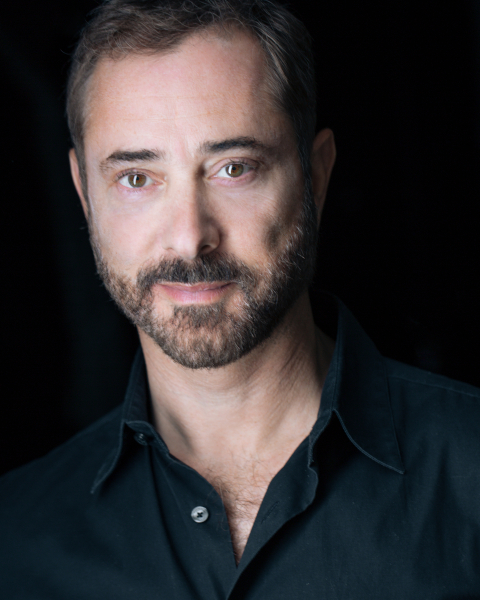
That really got me thinking. Mrs. Harris Goes to Paris, based on the much-loved novella by Paul Gallico, is the story of a cleaning lady in 1950s London who comes across an haute couture dress by Christian Dior in one of her client’s houses, and becomes infatuated. She decides, on the spot, that she must have one of her own, even though it’s the price of a house. Gallico doesn’t go into depth about why Ada Harris wants this dress; that was one of the challenges my screenwriters and I had to solve, to give the film more layers and resonance.
So, what’s the connection between Skin and Mrs. Harris?
Mrs. Harris is a piece of fiction. A “dramatic comedy,” as the French delightfully describe the genre. Escapist. A fairy tale, in the realm of magic realism. I conceived it as a musical without the singing. Skin, by contrast, is an historical biopic – largely serious and searingly emotional.
To me, now, the links are clear: Ada Harris is an underdog; a cleaner, an “older woman.” And a widow, at a time when any woman over the age of 30 was considered over the hill. She is completely invisible. What this dress gives her is a bid for visibility and recognition as a human being. It also makes her feel beautiful for the first time in years. Is that what she craves? Is “being seen” important to her? Why does it matter? These questions form part of her journey and are a key theme of the adaptation. And many of the same issues pertain to Sandra Laing, in a different context.
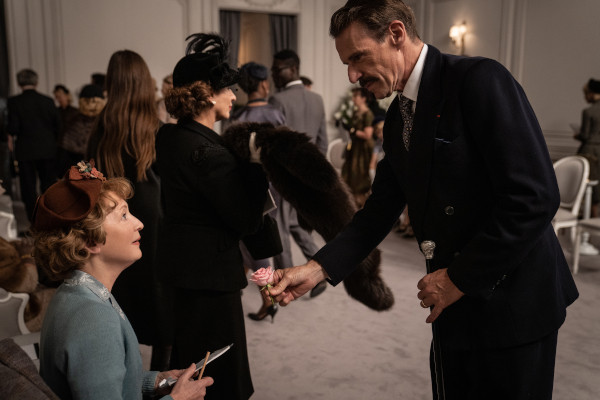
When Ada goes to Paris in pursuit of this unattainable dress, she leaves behind the strictures of the calcified British class system. True, she’s not initially considered “worthy” of being a Dior client. But soon she charms everyone into “seeing” her – because she is her authentic self, whereas all the people she meets are somehow wearing a mask. And character by character, she unmasks them all – helping them to discover their true selves – and they are enormously grateful to her for that. She forms lifelong friendships, becomes empowered, feels beautiful, both inside and out, and is, for the first time in years, open to the possibility of loving and being loved again. It’s quite a journey, an amazing adventure.
Even today, older women are not only invisible and dismissed by society as non-sexual/non-romantic beings – they dismiss themselves. I’ve witnessed this over and over amongst my older, female friends, who are either divorced or widowed, and can never conceive of having another relationship.
What Chrissy Iley pointed out is that I am drawn to unsung individuals – real or imagined. Perhaps because I often go “unseen” as a gay man or a Jew – potentially invisible forms of “otherness” – I want to tell their stories, shine a light on them, give them a voice; a face. I demand that they be respected and seen.
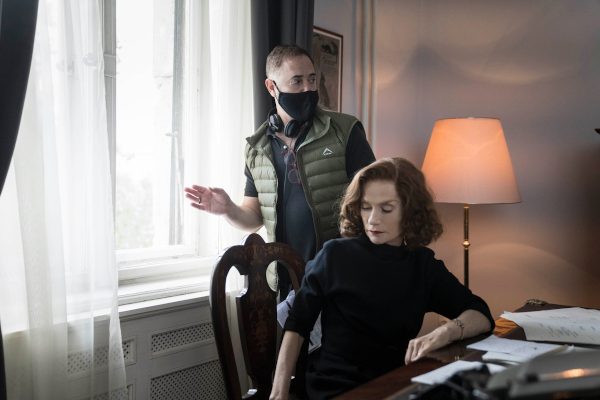
As an eternal romantic, I also want these women – actually, I want everyone – to remain open to the possibility of love. To recognize their inner and outer beauty, their self-worth.
This feels as true for me as for Mrs. Harris, so I am reminded of Flaubert’s famous quote: “Madame Bovary, c’est moi.” (Madame Bovary – it’s me.)
Whether the public knows or can see it, everything we create as artists and filmmakers stems from the peculiarities of our nature and experience. The fact that we are all unique means that no two films, plays or works of art will ever be the same. But if you look deeply enough, you too will find the commonalities between every artist’s works – and gain insight into why they chose to create them.
Featured image shows Anthony Fabian with Lesley Manville during the making of Mrs Harris Goes to Paris.




